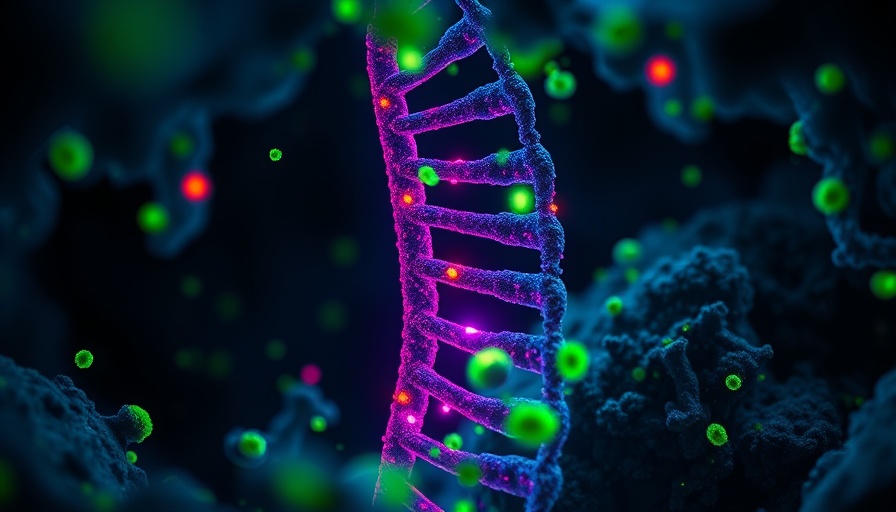
Shining a Light on Microproteins: The Hidden Heroes of Our Genome
Imagine the vast depths of our DNA as an ocean where treasures lie undiscovered. While scientists have long focused on larger proteins, tiny microproteins have remained in the shadows, often dismissed as insignificant. However, recent developments from the Salk Institute, highlighted by their innovative tool called ShortStop, have begun to unveil this hidden world beneath the surface of genetic research.
Understanding Microproteins: Small but Mighty
Microproteins are proteins with fewer than 150 amino acids, making them extremely difficult to study. In fact, they are often overshadowed by more well-known, larger proteins. Until now, much of our research concentrated on DNA regions coding for these larger proteins, deeming the rest as merely "junk DNA." This misconception is shifting dramatically as studies reveal that these overlooked areas are crucial to understanding human health and diseases.
Alan Saghatelian, a senior researcher at Salk, states, “Recent discoveries suggest we've been missing thousands of small, hidden proteins... we’re learning that these regions are actually very important.” This realization opens the door to new avenues in medical science, particularly in areas such as cancer research where these microproteins may contribute to defining biological functions and potential therapeutic targets.
How ShortStop Revolutionizes Genomic Research
What sets ShortStop apart is its ability to quickly navigate genetic databases to identify stretches of DNA indicative of microproteins. This method not only speeds up the research process but significantly reduces costs by pinpointing biologically relevant candidates, which can then be further analyzed for their roles in diseases.
One of the cutting-edge applications of ShortStop has already been showcased in lung cancer studies, where researchers uncovered 210 potential microprotein candidates. The implications are massive: by targeting these proteins, there could be breakthroughs in treatment strategies that are both innovative and personalized.
The Broader Implications for Biotech and Health
The emergence of tools like ShortStop emphasizes a broader trend in biotechnology—the shift toward uncovering the complexities of the genome that we've previously ignored. As the biotech industry grows, so does our understanding that even the smallest components can have significant impacts on our health.
For instance, as we continue to decode the human genome, we might find that microproteins play critical roles in regulating diseases such as Alzheimer’s, cardiovascular conditions, and more. This knowledge is not just a scientific curiosity; it could lead to the development of new diagnostic tools and treatments that refine how we approach healthcare.
Actionable Insights: Embracing the Future of Genomic Research
Understanding microproteins and employing innovative tools like ShortStop signals an exciting direction in health research. For readers interested in how genomic research influences personal health, keeping abreast of such discoveries allows for informed discussions about future health strategies. The intersection of biology and technology is profound, and staying engaged with these advancements helps build a healthier future.
As we embrace these innovations in biotech, consider how they might affect the health of individuals and populations alike. By advocating for awareness and access to new technologies, we can help ensure that the benefits of genomics are available to everyone, leading us toward a more informed and healthier society.
 Add Row
Add Row  Add
Add 




Write A Comment